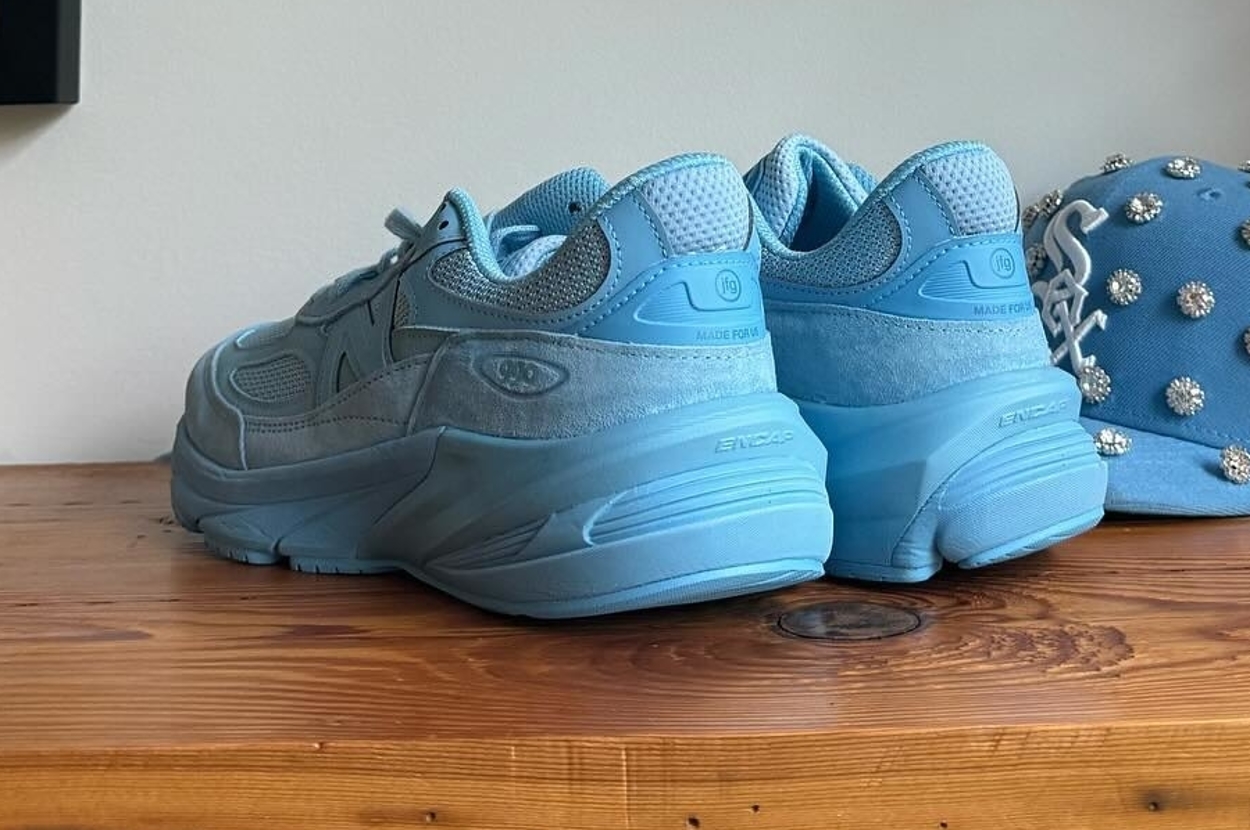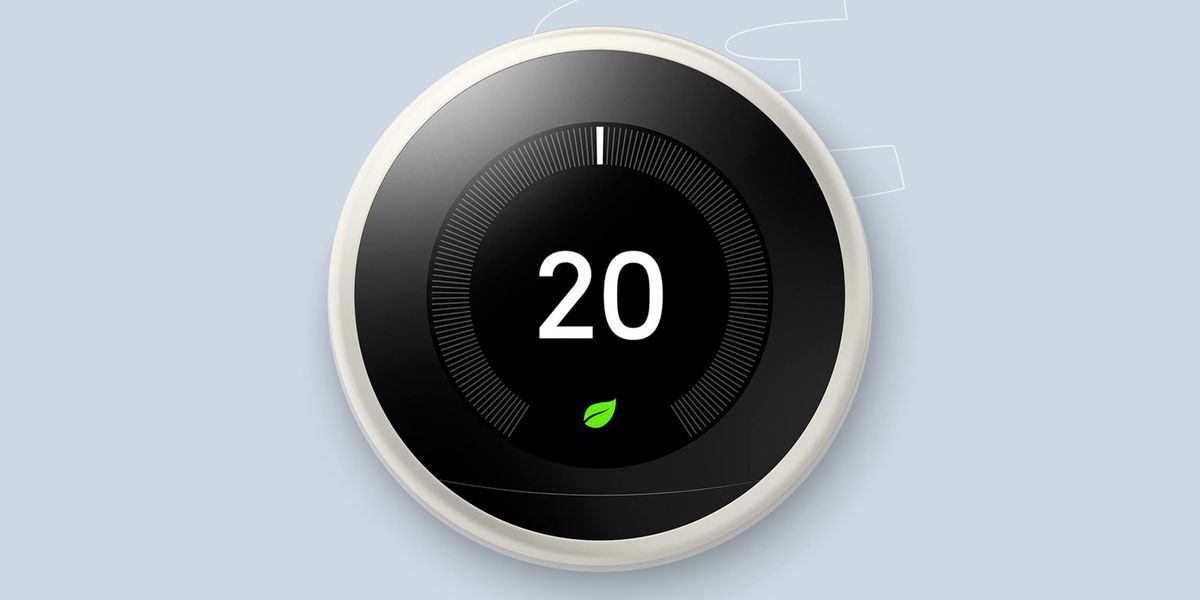There are a few important factors to consider when choosing a hair clipper. In addition to the below, you’ll also want to think about how often you’ll use it and what kind of hair you’ll typically be using it on (thickness, texture, and length).
Blades: A clipper is only as good as its blades. Typically you’ll want to look for a clipper that has blades made from stainless steel, carbon fiber, or titanium because of their strength and durability. Sometimes you’ll find clippers that have self-sharpening blades (usually these are designed for home use and are multipurpose tools), but generally you’ll be responsible for sharpening and cleaning the blades yourself—especially on professional-grade models. If that’s not something you’re comfortable doing, look for self-sharpening or disposable blades.
Motor: Perhaps the most important factor in a hair clipper is the motor. The motor is responsible for moving the blades in order for them to cut your hair, so the more powerful the motor, the better the cutting power and the less risk of pulling and nicking. You’ll usually find three types of motors in hair clippers: rotary, which can operate at multiple speeds in both a circular and a side-to-side motion (this is generally considered the best for hair clippers); magnetic, which uses magnetic forces to move the blades and is great for detail work but has less power than a rotary motor; and pivot, which also uses magnetic blades but is less powerful than a magnetic motor, is ideal for thicker hair, and is often quieter than other types of motors. Your choice of motor should be based on the kind of hair you are generally cutting and the styles you want to achieve.
Cord versus cordless: Professionals generally prefer a clipper with a cord because it allows them to power through many haircuts a day without worrying about running out of charge. For at-home use, cordless models are typically more convenient because you’re probably not cutting multiple heads of hair at a time and cords can be unruly (especially if you don’t have good plug access in your bathroom). Some models will provide both options, but which one you choose is a personal preference.
Guards: You’ll find that many professional-grade clippers don’t come with guards, but if you’re a DIY cutter, guards are your best friend. They allow you to cut at different lengths without worrying about an uneven result, and they also allow you to switch between lengths easily, usually without needing to adjust the blade like a professional barber would. They’re especially handy if you’re trying to cut your own hair. We recommend looking for a model that comes with guards, unless you’re very experienced.
Battery life: If you choose a corded model, you don’t need to worry about battery life, but otherwise battery life is an important factor. The last thing you want to do is run out of juice halfway through a haircut. Clippers are fairly large tools, so battery life usually isn’t as good as with something like an electric razor, but if you want to travel with your clipper or just not have to remember to charge it after every use, look for one with a longer battery life.
Read the full article here








